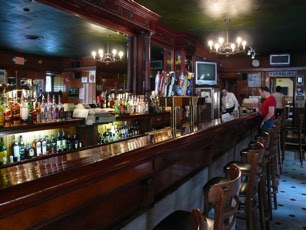Architects and town planners often refer to a “sense of place” as a mark of authenticity. For example, Central Park has a sense of place, but a Walmart parking lot doesn’t. Nothing is as bad as placelessness—the term “placeless sprawl” appears in the first sentence of the Charter of the New Urbanism. It sounds like a logical extension to go from valuing a “sense of place” to “place-making.” But I’m not so sure. When Brigham Young arrived at Salt Lake Valley he is said to have exclaimed, “This is the place!” Young had the benefit of a previous celestial vision. I remember the first time I went to Chez Panisse, or saw the Empire State Building, or walked into the Guggenheim Museum; it was not only a question of design but of memory. We have all been to airport bars that work hard at creating a sense of place with period photos, team pennants, and other knickknacks. The harder they work at it, the more placeless they seem. On the other hand, the Cherry Street Tavern around the corner from where I live is for me a real place, not just because it has a nice wooden bar and old Bob Dylan posters, but because it is where I frequently go for lunch. Place is in the eye of the beholder. And however placeless sprawl may appear to the outsider, if you live there, when you arrive at your suburban home, you think “This is the place.”


